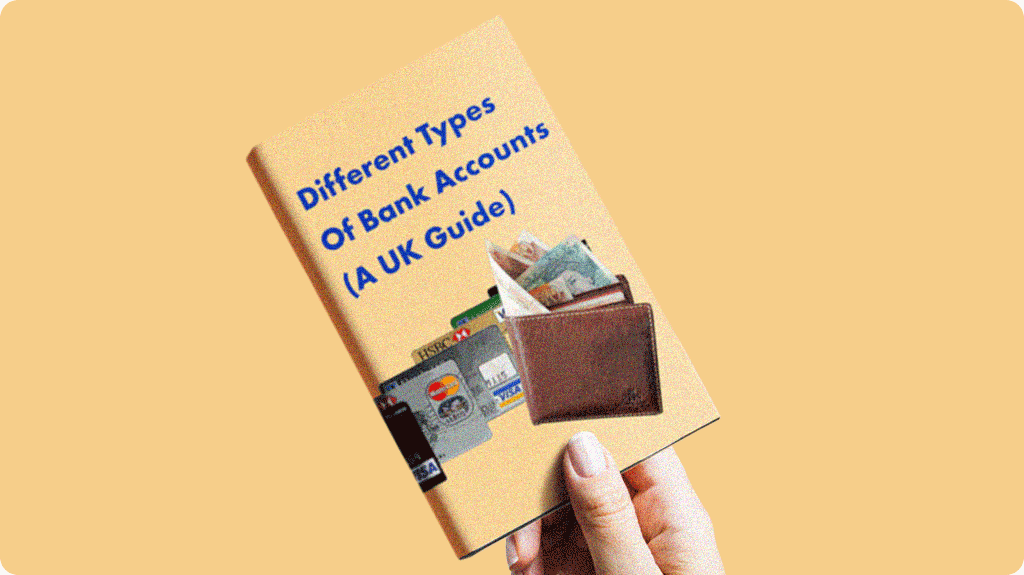
With a plethora of bank accounts on offer, it can get quite confusing when trying to decide which one to go for. Below, we highlight the main differences between the most common types of current and savings accounts out there.
Types Of Current Accounts
For everyday banking services, you’re likely to want a current account. There are a few types to be aware of when choosing which to go for.
Accounts can differ in terms of cost, the benefits they provide and the ease of access they offer their customers, e.g. branch access, telephone, online or app-based banking services.
It is worth thinking carefully about how you’d like to be able to interact with your bank when choosing your bank and account.
Generally, challenger banks such as Monzo and Starling offer customers better usability and convenience when it comes to managing their money digitally, which tends to resonate well with more tech-savvy customers, while those looking for branch or telephone banking services are more likely to opt for traditional banks such as RBS, Lloyds, Barclays or Santander.
Free vs Fee-based Accounts
Some banks offer free accounts with basic features as well as more premium accounts that you pay a fee for (typically up to £5 a month). The fee-based accounts tend to have benefits such as cashback, monthly interest on balances up to a certain threshold or retailer offers, such as free coffees or discounts at restaurants.
Depending on how much you might stand to benefit from these perks, it may or may not be worth your while to opt for the paid version. Some banks offer free premium accounts with preferential savings and loan terms to customers meeting certain income or savings thresholds, e.g. Barclays or HSBC.
Packaged Accounts
These have traditionally had a poor reputation, but are essentially accounts that offer a range of additional products such as gadget insurance alongside banking services, for a higher fee. Again, it’s worth doing the research in terms of the insurance coverage and claims success rates for any insurance offered, as well as the cost of getting any additional services offered separately, when evaluating this type of account. Some of the premium accounts offered by challenger banks are ‘packaged’, e.g. Monzo Plus.
Interest-earning Current Accounts
These accounts offer interest on in-credit balances, usually up to a specific threshold (ranging from say £2,500 to £20,000).
Usually, these accounts come with a few conditions, including monthly fees and a minimum amount that must be transferred into the account each month as well as a minimum number of direct debits going out of the account each month.
These rules are in place to encourage customers to use the accounts (and the bank’s services) more regularly, and ideally as their main current account. While the interest offered can be very attractive in this low-interest environment – and indeed be higher than that offered on most instant-access savings accounts – it’s worth watching out for the small print to make sure you’re aware of the eligibility conditions for earning the interest.
Types Of Savings Accounts
Easy-access Savings vs Fixed Term Accounts
Easy or instant-access savings accounts are what they say on the tin – savings accounts are often with very few strings attached and usually unlimited withdrawals are allowed.
As a result of their flexibility, they tend to offer the lowest rates of interest – and as mentioned above, often lower than the most attractive interest-earning current accounts on the market.
In contrast, fixed-term savings accounts usually come with higher interest rates than easy-access accounts, but require the customer to lock away their savings for a fixed term, such as a year or two, with restrictions on withdrawals during that time. It’s important to think carefully about whether you are likely to need access to any funds you place in a fixed-term account before setting one up.
Cash ISAs
“ISA” stands for “Individual Savings Account”, and is essentially a savings account where any interest earned is shielded from the taxman.
UK residents over the age of 18 may deposit up to £20,000 a year in cash ISA accounts (this year’s annual allowance – which may change), so this can be a nice way to build up tax-efficient savings over time.
There are also ISA accounts for children and ISA-wrappers for investments (Stocks & Shares ISAs) – see our guide What is an ISA? for further details.
- 5 Ways To Lower Your Monthly Bills in 2024 - August 7, 2024
- Here’s Why You Need A Pension (Whether You’re 20 Or 50) - August 7, 2024
- How To Get Started With Investing – A 2024 Guide - July 24, 2024

1 Comment